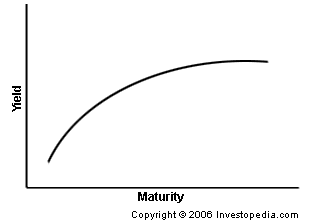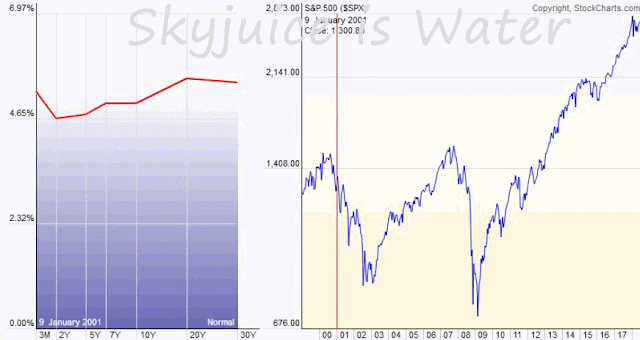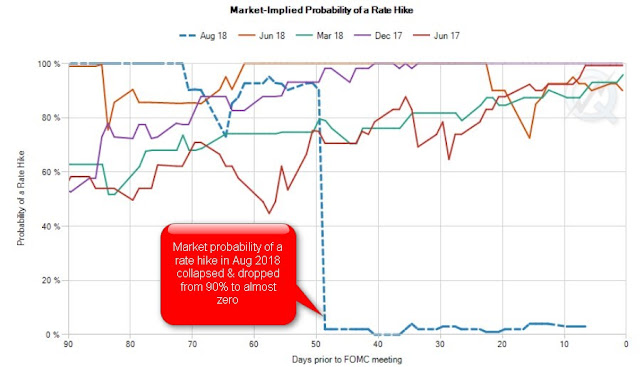12 August 2018
One often hear this stock market slang during every earning seasons; “The company has beaten or its earnings has exceeded consensus’s estimate with a surprise”. This article will tell why this happens so often at the Walls Street.
Earning Surprises
One could always find this kind of table in the web and very often, the list of companies with “surprise” positive earnings is always longer than the negative earnings .
Why?
There is usually only one answer i.e. the Analysts have under-estimated the earning results.
How could that happen?
Lets examine one of the earning summary report by Lippe Alpha Insight as shown below, one will notice that the companies are always reporting negative EPS when they make preannouncements. These preannouncements by the companies will affect the Analysts’ estimates as no Analyst has better knowledge about the operation than the companies.
Could this Just Be a Coincident for Q3 2018?
FactSet, an organization who provides
If these investors were not careful in sorting out the genuine and accurate earning reports from the bad ones, they can be taken by surprise and lose a lot of money.
What Should We do?
To protect our interest, always take stock market reports especially the earning reports of the Analysts as reference and confirm the earnings with other form of market reports or other reports from other companies. Do not just trust the market report from one company or Analyst. Read through the company’s financial statements especially try to decipher how the company can get such good earnings.
----------------------------------------------------------------------------------------------------------------






































